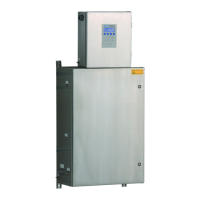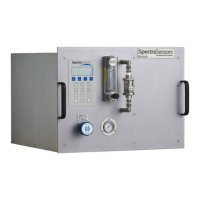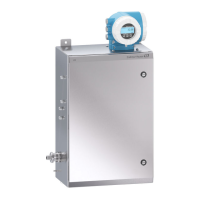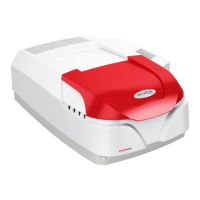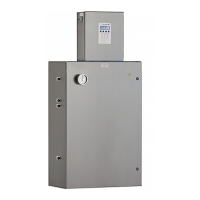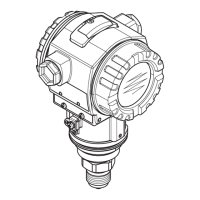SS500/SS2000 Analyzer
B–16 4900002285 rev. B 3-25-20
Tools
• Extra-thin open-end wrench, 5/8”
• Extra-thin open-end wrench, 7/8”
• Open-end wrench, 7/16”
1. Disconnect the tubing feeding into the rotameter by placing a 5/8”
extra-thin open-end wrench on the flat of male thread closest to the
tubing of the rotameter and use a 7/16” open-end wrench to loosen
the nut. Complete this step for both the top and bottom connections.
Refer to Figure B–13.
2. When disconnecting the rotameter, place one hand on the rotameter
to brace it against the sample system panel and loosen the nut using
a 7/8” extra-thin open-end wrench. Refer to Figure B–14.
Figure B–13 Disconnecting the rotameter
Figure B–14 Stabilizing the rotameter for
removal
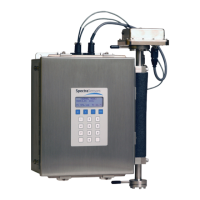
